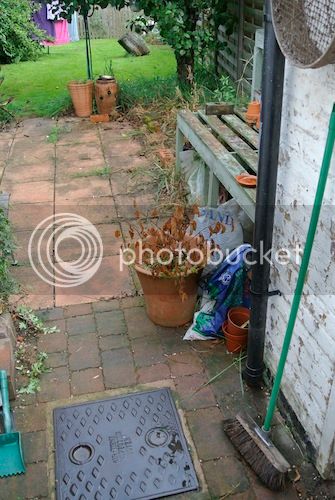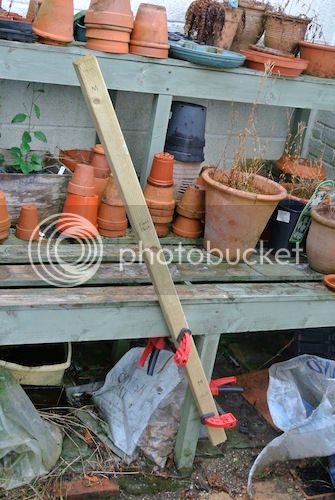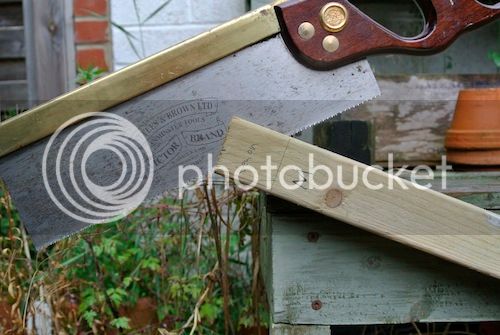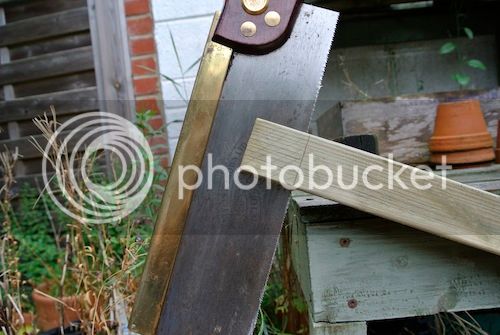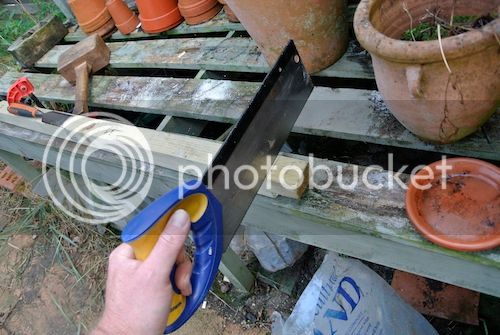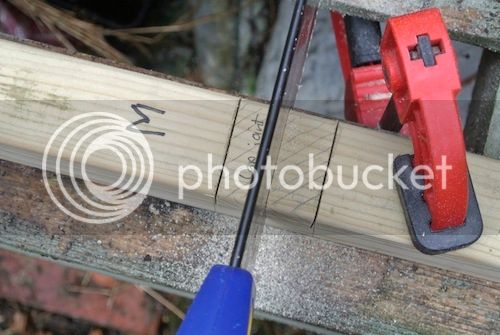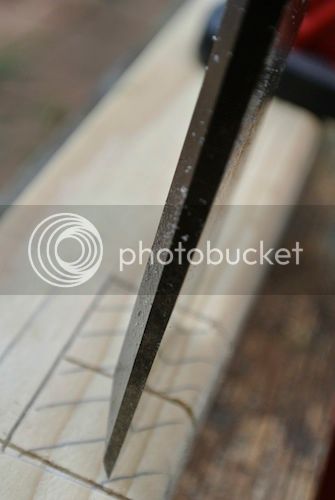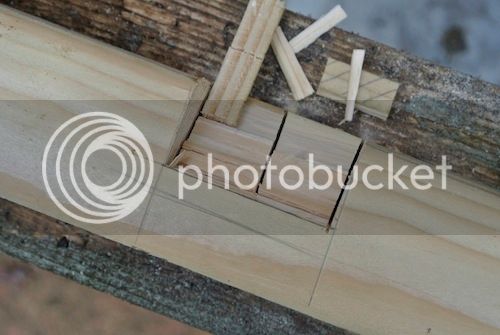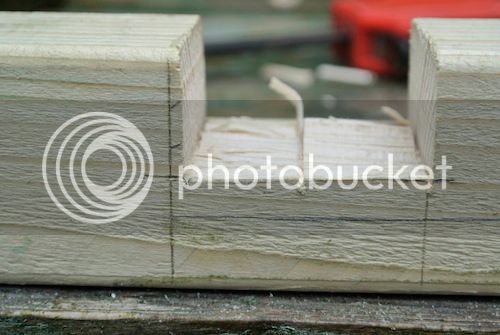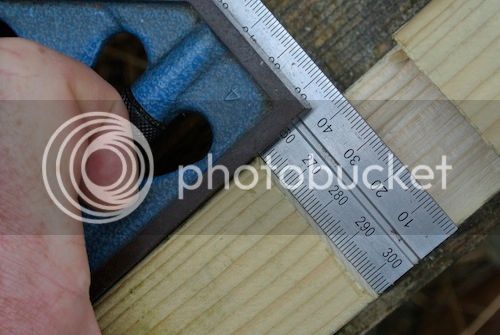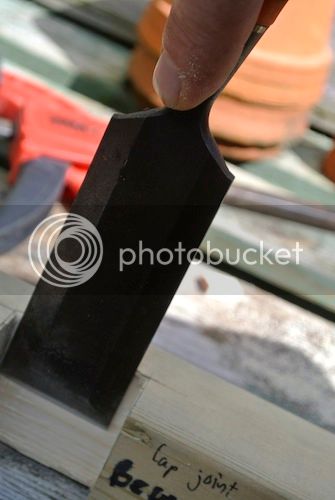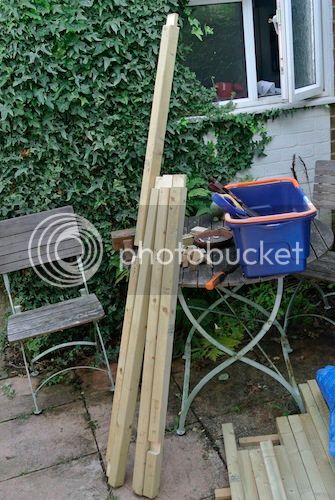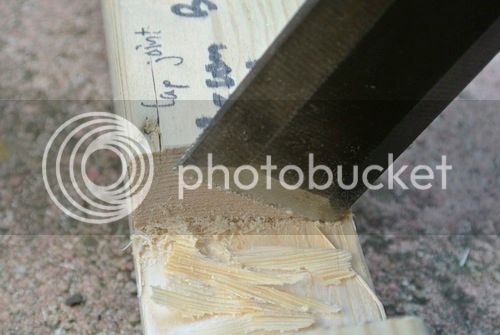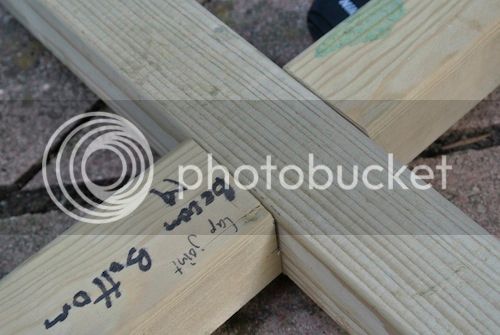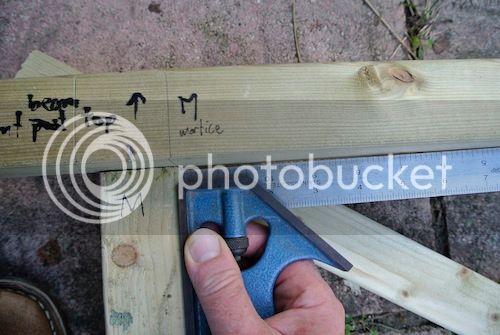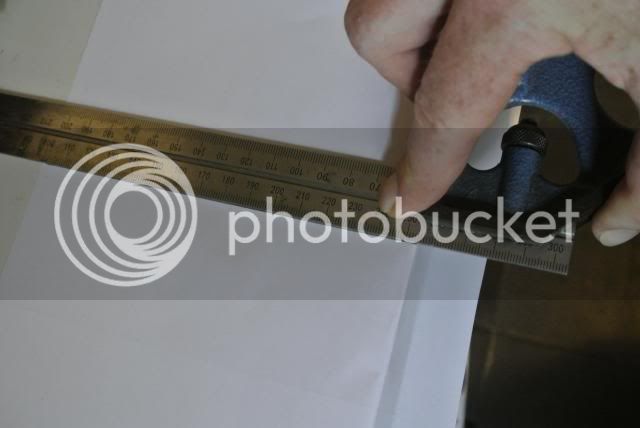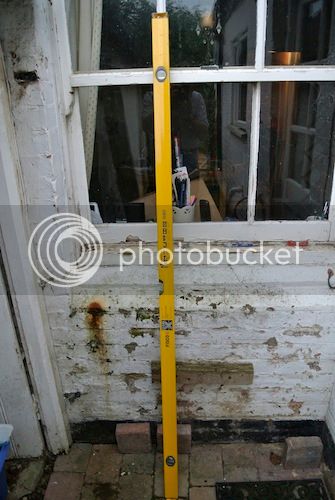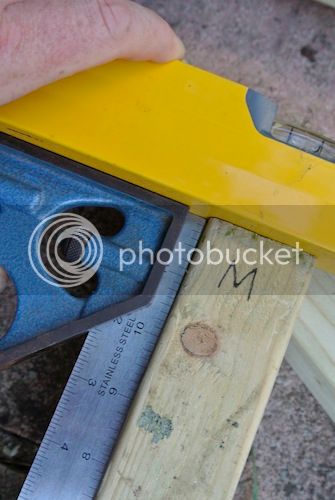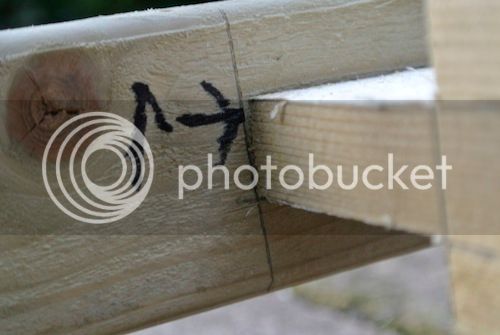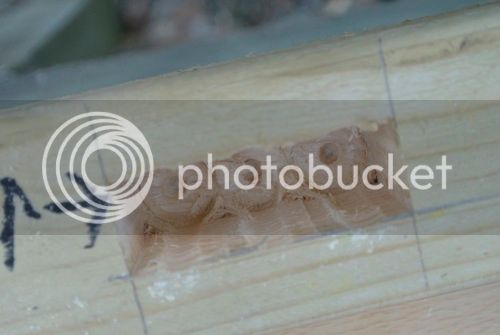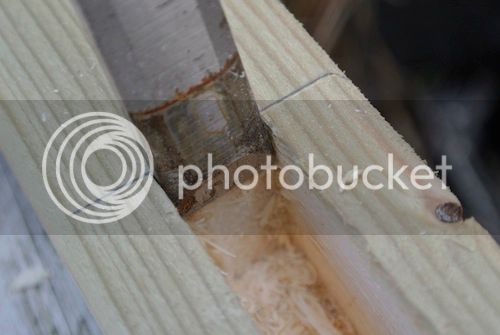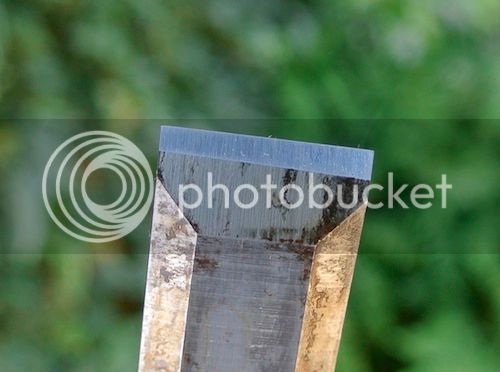“Ladies and Gentlemen, We interrupt the main feature for a brief intermission, choc-ices, Poppets and Kia-Ora can be bought from Gladys, who will come amongst you with her well stacked tray! Woodbines, Park Drive and Capstan Full Strength can be purchased from the Kiosk. We will be showing a public information film called ‘a brief review of the Power Craft 370W Bench Morticer”.
I’ve only used one of these things once before, so if anyone who knows what they’re doing can see the “stupids” I’m doing please chip in!!
Many a year ago a friend of mine suggested popping into Aldi/Lidl/Netto as they had some carpentry stuff on sale, I’m sure nobody on here has ever been taken in by this reckless impulse☺.
So off we popped and an hour or two later and despite my usual desire to buy the best kit I can get, I came home with a bench morticer, table saw, compound mitre saw, a set of morticer “chisels” and a set of dowels and £120 less in the bank. Anyway most of this has been placed in the “climate controlled store” till such time as it may come in handy, that’s it in the box under the generator;

Having been asked to do this log-store thingy, I thought “aha” the time of handiness has come, so out it got shifted.
Somehow it seemed to be in good nick and this is what you get;
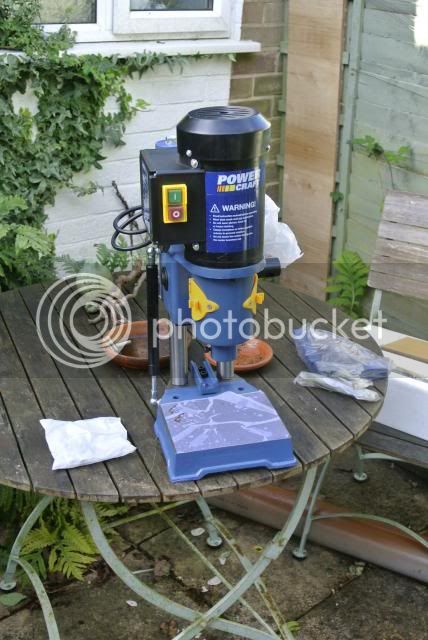
A lump of metal and some bits ‘n’ bobs, loose or in bags, including one 5/16 “chisel”. It has Omega-Wolf Ltd on the label and is made in China. This may be a successor in name to Wolf, the old British Machine-Tool company who used to make very good industrial machine tools “back in the day”. It says the chisel range is 6-13mm and maximum drill size is 13mm.
You need to fit the fence, footie-holdie-woodie-down thing, piece of wood for the table wotsit, pull-the-thing-down handle and you get an extension piece/taper doo-dah (which they call a taper drift, but it aint wot I call a taper drift, that's wot you knock one of these things out with surely) and spare chuck to use it as a bench drill. The machine itself is made of castings, as is the base and feels pretty solid and weighty. Not too bad for about 30quid thought I! There are four slots on the “foot plate” for a drill vice or similar and four mounting holes. BEFORE USE THIS MACHINE REALLY DOES NEED TO BE SECURED TO A STURDY WORKBENCH, YES, REALLY!”
Once (ahem) securely mounted on the machine bench!!!……..
“WARNING WARNING, don’t try this at home children, this man is a trained professional (admittedly not in a wood workshop!), and says he knows what he is doing! He may not necessarily follow best H&S or machinery practice to the letter!”
…..I attached the fence, the foot thingy and the wooden base-plate wotsit. The instructions are okayish but not overly clear, the machine already had the fence guide fitted which was not how the instructions had it.
Having loosely put this together I tried to square the fence up to the two pillars that the morticer moves up and down on;
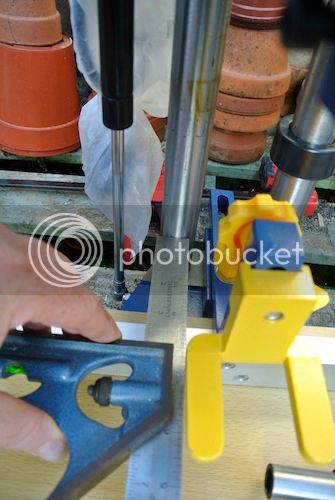
I found that the guide that the fence moves in and out on has a fair bit of slop and if you’re a perfectionist, you’ll have to square the fence every time you move it, plus I doubt whether it’ll stay square when used. The travel on the fence is locked with a lifty-handley thing and the foot wotsit is adjusted and locked by a turney-wheel handle. Having tried it, I think they would be better the other way round, but they have different thread sizes so can’t be. You need to get more force on the foot to hold the wood down, particularly when withdrawing the chisel after the first cut. After the first cut, the wood grips onto the chisel quite hard and lifts with the chisel, pushing the foot back up. As it is, I had to lean down hard on the timber and pull the handle up, or apply a mallet! The motion is also very stiff and you have to put a lot of force on the handle to move it down, or pull it out of wood. This may be because it doesn’t have a normal spring, but a piston-rod-thingy like on the hatch-back of a car.
It has a depth-stop(?) Which you need to set by rule-and-eye or by lowering the mortice chisel to the required depth, but it’s a bit tricky as I can find no lock for setting the lowered morticer at a fixed height. I also first set this by eying through to the body casting, which is where I thought it would contact, but found a panel on the base of the casting actually touched the stop first;

Unfortunately this is all a bit irrelevant, as the depth-stop(?) does not bite onto the pillar very well. The amount of force required to lower the machine and cut into the wood is so high that the depth stop will slide down the pillar when the morticer gets to it. I found I had to lean down to look at the depth-stop to see when the casing came to it, cos I had it on a low bench. The low bench was an advantage as I had to lean on the handle very hard to get it to work, the handle is made of thin-walled tubing held by a small screw and I’m concerned as to how well it will stand up to the force placed on it.
Next thing I did was mount the chisel. This is a squared hollow piece of steel, machined to have four sharp points and sharp edges to cut a “square hole”into the wood, there is an auger bit up the middle to cut most of the wood out. I was using the largest bit, 19mm which is (ahem!) bigger than specified (oops!) But it came in the set wot were on sale in the same shop from the same brand!!!. This may have caused some issues, which smaller chisels won’t, so bear this in mind when reading this review.
Due to clearance issues, I could not put the chisel in followed by the auger, so I put them both in together pushing them up using my finger tip, as stated in the instructions, there’s probably a much safer way of doing this! Please someone tell me!
I realised I had to open the Jacob’s chuck first as the auger shank is pretty thick. The chuck itself is fully enclosed in the casting, and there are two “windows” you can open to tighten and loosen the chuck with a “safety key”. However it’s very easy to leave the key in the chuck as it can stick in the window. Remember “EITHER THE CHUCK’S IN THE HAND OR THE BOX, NEVER LEAVE IT IN THE B****Y CHUCK OR YOU”LL BE B****Y SORRY!” as an instructor I know is fond of saying;
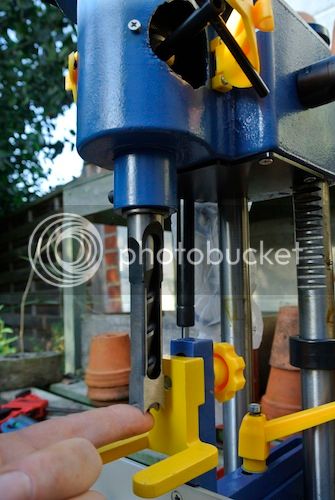
The chisel itself is held in the collar of the machine with a hex socket screw and “Allen Key”;

There doesn’t seem to be anywhere to clip the key to the machine, which is a bit of a pain, however the chuck key can be clipped to one or other of the windows. When you drop the “Allen Key” under the bench, which you will do, often, this is an excellent opportunity to find all those other little wotsits you couldn’t seem to find earlier☺;
I think the chisel should be squared to the fence; sliding the fence forward and setting it to the front face of the foot thingy could do this;

Mind you this showed up another problem; the footy thing slides down in front of the fence, this means you can’t get the chisel closer to the fence than about 19mm, ¾”. If you’re doing smaller mortices you may want to have a smaller gap to the fence and can’t. I thought you may want to put some hardwood, nylon or something on the fence, either side of the footy thing to do this. You could use carpet tape or glue to do this, but there are no holes in the fence to screw something to the face. You’d have to do this yourself. If I’m missing an obvious trick here please tell me, (gently of course).
It was now time to get the thing going, smoke was plumbed into the machine through a piece of electric string via a standard 3 pin plug and the start button was pressed. The machine has a start button and stop button, the start button being guarded by raised edges, the stop button not, which is a “safety feature. At this point I realised I’ve probably set the thing up wrongly. I think the auger should be inserted quite far into the chisel, but I seem to have pushed it in too far. With the power on the motor hummed but did not turn the auger. It was fouling inside the chisel. I stopped and restarted the motor and there were some grindy, crunchy noises and then it seemed to run smoothlyish. Have I missed a trick here? Or is this a normal bedding-in process. Should I have locked the chisel in place first and then dropped the auger a tad, or is there some quick way of setting a clearance?
I then applied some brute force to a piece of treated pine (CLS?). This is where I found you need a lot of force on the lever and you definitely need to have the thing bolted down to a solid bench. There is a lot of resistance in the mechanism, which may be simple to “fettle” out but I haven’t had time to look into that. This may have been in some point due to using too large a chisel, but it was very stiff even before the chisel got to the wood. I can’t see the auger pulling the chisel through the wood with the current set up. The working surface is quite small and there are no outriggers. You’ll need to have supports for wood of any length. I also realised that if you were going to put this on a smaller bench, you’d probably benefit from pre-drilling mounting holes at each end and the middle of the bench and maybe using wing-nuts to secure it. You can then easily move it around for longer lengths of wood. I SUGGEST YOU DON’T GET TEMPTED INTO USING IT WITHOUT SOME FORM OF SECURING! Also; THE CHUCK KEY SHOULD ALWAYS BE IN YOUR HAND OR IN THE TOOL BOX, NEVER LEAVE IT IN THE CHUCK!!
To sum up: This is not a serious machine for serious carpentry. It seems to be suitable for light craft-work and occasional use. It is limited to a13mm cut. It is a pretty solid machine, which could be much improved if you’re a good fettler. I think it needs a certain amount of fettling out of the box to be usable or safe, but that may be because this one has been in storage for a few years. I’m not sure if these things are on sale at the moment, but this sort of thing comes around every so often in Aldi/Netto/Lidl (still can’t remember which one!). Also I’m sure idiots like me are putting them on ebay now and again.
“Ladies and Gentlemen, please return to your seats as the main feature is about to start. Gladys also asks that the young gentlemen in the back row stop pinching her Kia-Oras or she’ll give ‘em a right what for!”





















